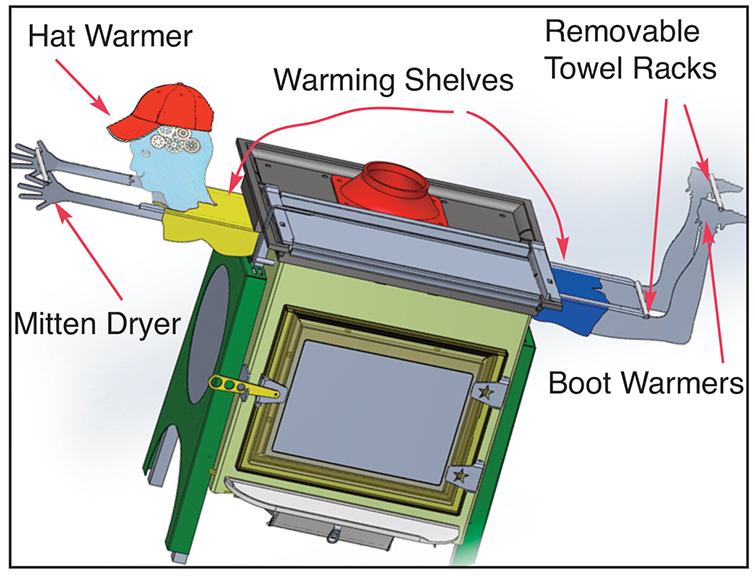the emmisions #'s they are interested in do need to be related to the BTU output to some extent, otherwise there ratings would be comparing the output of a 18 wheeler truck exhaust hauliing 100,000 lbs of freight, to a 200 lb motor cylcle exhaust. Size/output must be figured into the equation.
That is why they use a standardized fuel load. Which limits the comparability of the results stove to stove efficiency wise. A trade off they made in the eighties to hold to their objective.
Tom discusses this at length.
http://chimneysweeponline.com/hobtucmp.htm






